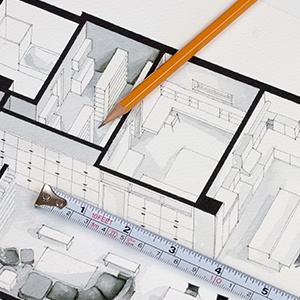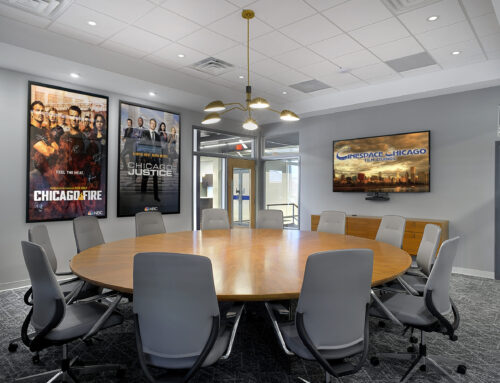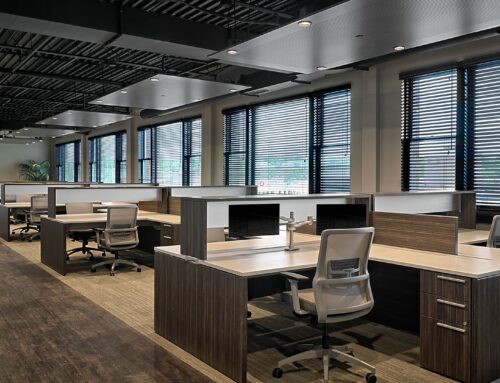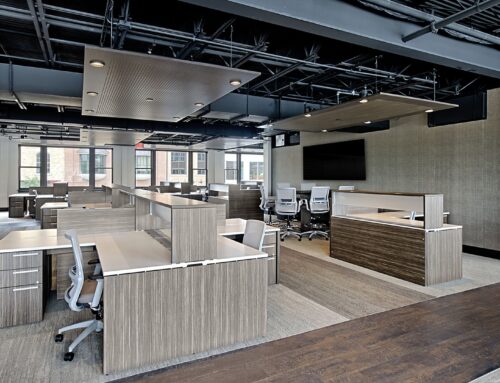How Space Planning Helps Define Your Office Renovation Budget
 As you may have discovered through your research or by speaking with partners and peers, there are many reasons to renovate your office – and all of them have to do with improving the bottom-line.
As you may have discovered through your research or by speaking with partners and peers, there are many reasons to renovate your office – and all of them have to do with improving the bottom-line.
For example, a well-planned and expertly-led office renovation maximizes space to promote productivity, lowers energy costs (e.g. HVAC, lighting, etc.), improves brand image and equity, and even boosts employee morale – which translates into higher productivity, lower absenteeism, lower turnover, and even fewer sick days. And of course, an office renovation can essentially re-invent the entire look and feel of your space, which is in itself exciting and rewarding.
However, obviously there’s a fundamental consideration that you can’t lose sight of: cost! After all, while you may dream of tearing down walls, redesigning rooms and re-defining spaces, you can’t sign a blank check. Regardless of how much ROI an office renovation promises, the “I” has to be reasonable and responsible.
With this in mind, you may be wondering how much an office renovation costs on average, or “should” cost. This question, while vital, can’t be answered here – because every office renovation project is unique, and there are specific factors that determine cost.
Generally speaking, however, we can outline the space planning factors that will ultimately define your office renovation budget – including some that may not seem readily obvious, but are nevertheless influential and consequential.
1. Material & Supplies
Space planning decisions directly impact the type and amount of materials that need to be purchased for the office renovation. These include (but are by no means limited to) flooring, carpeting, office furniture, lighting, doors, fixtures, paint, and the list goes on. Along the same lines, any space planning that requires an upgrade to the HVAC or lighting system will increase the budget.
2. Contractors & Specialists
All else being equal, a major office renovation project will require more contractors and specialists, which will increase the overall budget. Keep in mind however that this will also add significant value to the space and/or building.
3. Location
This aspect is often the one that surprises some business owners. As we all know, “location, location, location” is often the chief cost driver when choosing a new office space. However, it also impacts office renovation budgets, because in some larger cities, zoning laws are stricter, permits are more expensive, and work must be carried out to a higher standard (for example, ensuring that rooms/buildings are flame-retardant). Furthermore, contractors and specialists in large cities typically charge more than those in smaller towns, simply because there is more demand for their services.
4. Building Height
Building height also influences an office renovation budget. This is because many 5-20 story buildings have standardized HVAC units and service equipment needs, which can make them about 15 percent more cost-effective to renovate per square foot than low-rise buildings (2-4 stories). Buildings that have more than 20 stories often have higher office renovation costs, because they leverage custom designs to ensure stability.
The Bottom Line
To learn more about how space planning helps define your office renovation budget, contact the interior specialists at Key Interiors today. We’ve completed over 300 successful office renovation projects, and can help you make the most out of your space and your investment!




